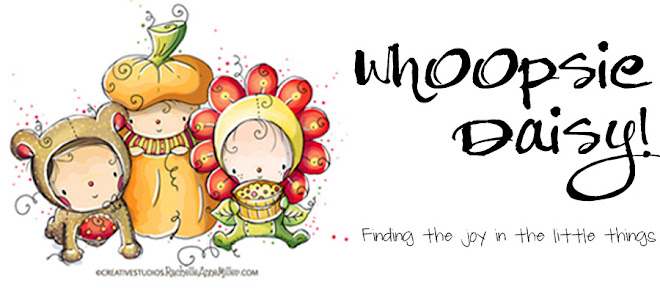These letters tell you which "Color Family" each marker belongs to.
B = Blue
BG = Blue Green
BV = Blue Violet
G = Green
YG = Yellow Green
Y = Yellow
YR = Yellow Red
R = Red
RV = Red Violet
V = Violet
E = Earth
C = Cool Gray
N = Neutral Gray
T = Toner Gray
W = Warm Gray
Next comes the numbers, which represents the variation or "Saturation" of gray colors in each marker as well as how light it is within that variation. The first number focuses on the variation... you will get more vibrant tones with the lower number and more dull tones with the higher numbers. The second number focuses on how light or dark the marker is going to be... 0 being very light (hightlights) and 9 being dark (shadows).
For easy and natural blending (and less thinking on your part) select a color that you like and choose 2 markers that start with the same letter and same first number as that marker but end with digits that are off by 3 (2-3 is recommended) either way of your selected marker.
SO... let's say you really like to use B26. I would recommend trying out B23 and B29. Then to "grow" your natural blending color family, just change the letter of your marker and stay 2-3 digits within the same as your selected marker. For this, I recommend using the 322 Copic Color Wheel as a guide and selecting colors that compliment your selected marker. In other words, select colors that are near each other on the color wheel, instead of opposite of each other (if you are looking for easy selections and less thinking on your part).
The next big question I get asked is... "What is the difference between the markers?!"
Well, I know three of the four markers... Copic (original), Sketch, and Ciao. Then there's the Wide, but I am not as familiar with this one as I am with the other three (not that I'm all that familiar with the other three to begin with!)
Copics markers are alcohol-based, allowing for easy and permanent blending on paper and other surfaces such as plastic, wood, fabrics (not wearables), etc. When coloring on shiny surfaces such as glass or ceramic, you need to seal your finished work with a sealant that is alcohol free.
All three markers have different tips on both ends and they are refillable. The Copic and the Sketch markers have replaceable nibs but only the Copic markers have the following optional nibs: Calligraphy 5mm and 3mm, Brush, Round, Standard Broad, Semi Broad, Soft Broad, Standard Fine, and Super Fine. The Sketch and the Ciao have the Super Brush and the Medium Broad nibs that the Copic marker does not offer. Depending on what you are coloring on, Copic will hold the most ink, so it will last the longest of the three. Sketch holds more ink than the Ciao.
I hope this helped a little. Please know that I am still learning about these fabulous markers myself. If you know of any information on this that I need to correct or you would like to add to, please let me know! I am going to learn more about them this Saturday when I go to CHA Winter and take Marianne's Copic class. Believe me, I am counting the days!! :)
I will post a quick sample of how I like to blend with my Copics so stay tuned!




















